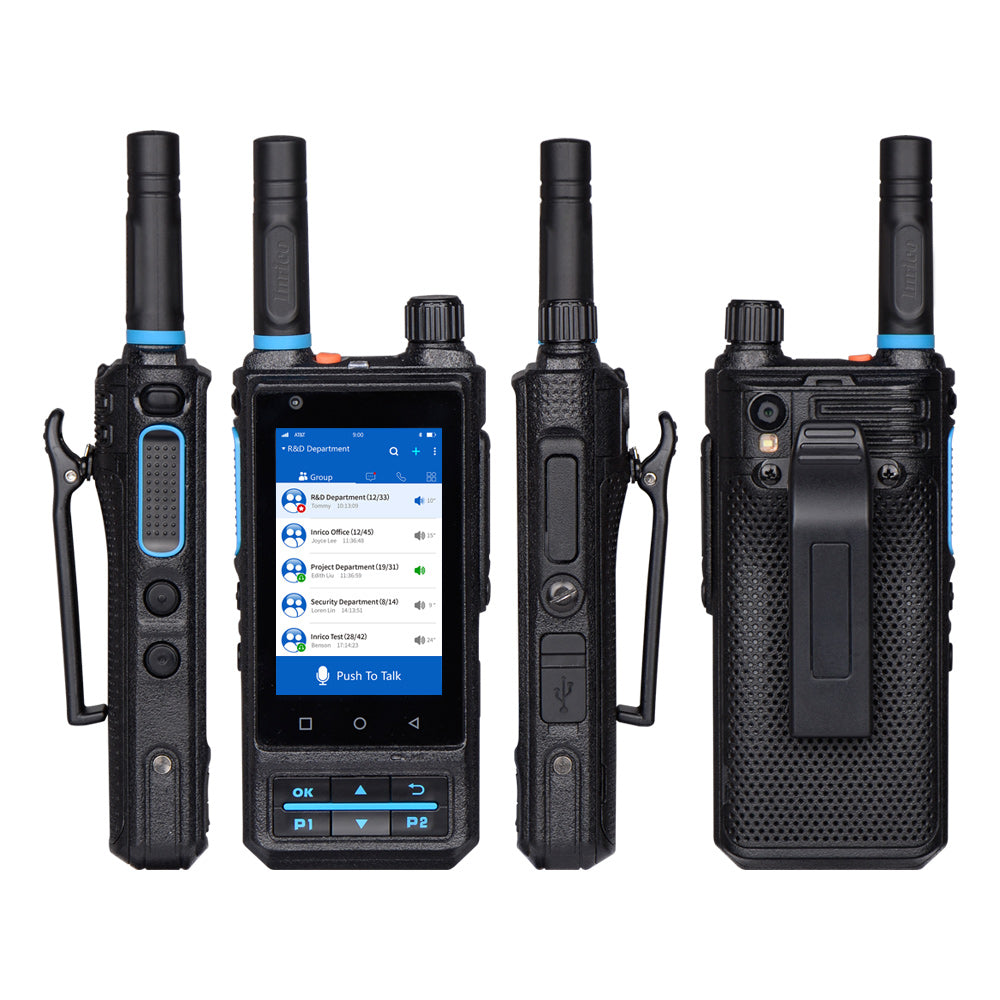FM radio communication, also known as Frequency Modulation, is a widely used technology that enables the transmission of audio signals over long distances. It has revolutionized the way we communicate, entertain, and stay informed. In this article, we will delve into the intricacies of FM radio communication, exploring its applications, advancements, and the impact it has had on various industries.
- The Basics of FM Radio Communication:
FM radio communication utilizes frequency modulation to transmit audio signals. Unlike AM (Amplitude Modulation), which varies the amplitude of the carrier wave, FM varies the frequency. This modulation technique provides several advantages, including improved sound quality, resistance to interference, and a wider frequency range. - Applications of FM Radio Communication:
2.1 Broadcasting: FM radio broadcasting has been a staple in the media industry for decades. It allows for the transmission of music, news, talk shows, and other audio content to a wide audience. The advent of FM radio has democratized access to information and entertainment, making it an essential tool for mass communication.
2.2 Two-Way Communication: FM radio communication is widely used in two-way communication systems, such as walkie-talkies and professional radio systems. These devices are crucial in industries like public safety, transportation, and event management, enabling seamless communication between individuals or groups.
2.3 Wireless Microphones: FM radio technology is also employed in wireless microphone systems. From live performances to public speaking engagements, wireless microphones provide freedom of movement without compromising audio quality. FM modulation ensures clear and reliable transmission, making it a preferred choice in the entertainment industry.
2.4 Remote Controls: Many household devices, such as televisions, audio systems, and garage door openers, utilize FM radio communication for remote control functionality. The ability to transmit signals wirelessly allows for convenient operation and enhances user experience.
- Advancements in FM Radio Communication:
3.1 Digital FM Radio: With the advent of digital technology, FM radio communication has evolved to offer improved sound quality and additional features. Digital FM radio systems, such as HD Radio, provide enhanced reception, multiple channels within a single frequency, and supplementary data services like song information and traffic updates.
3.2 Internet Radio: The integration of FM radio with the internet has given rise to internet radio platforms. These platforms allow users to access a vast array of radio stations from around the world, expanding the reach and diversity of audio content. Internet radio has become a popular alternative to traditional FM radio, offering personalized playlists and on-demand content.
3.3 FM Transmitters: FM transmitters have become smaller, more efficient, and affordable, enabling individuals to create their own FM radio stations. This advancement has empowered community radio stations, podcasters, and event organizers to reach their target audience directly, fostering local talent and promoting cultural diversity.
Conclusion:
FM radio communication has played a pivotal role in shaping our modern world. From broadcasting to two-way communication and wireless devices, its applications are vast and diverse. With advancements in digital technology and the integration of the internet, FM radio continues to evolve, providing improved sound quality, expanded content options, and empowering individuals and communities. As we embrace the future, FM radio communication remains a vital and enduring medium of communication and entertainment.


